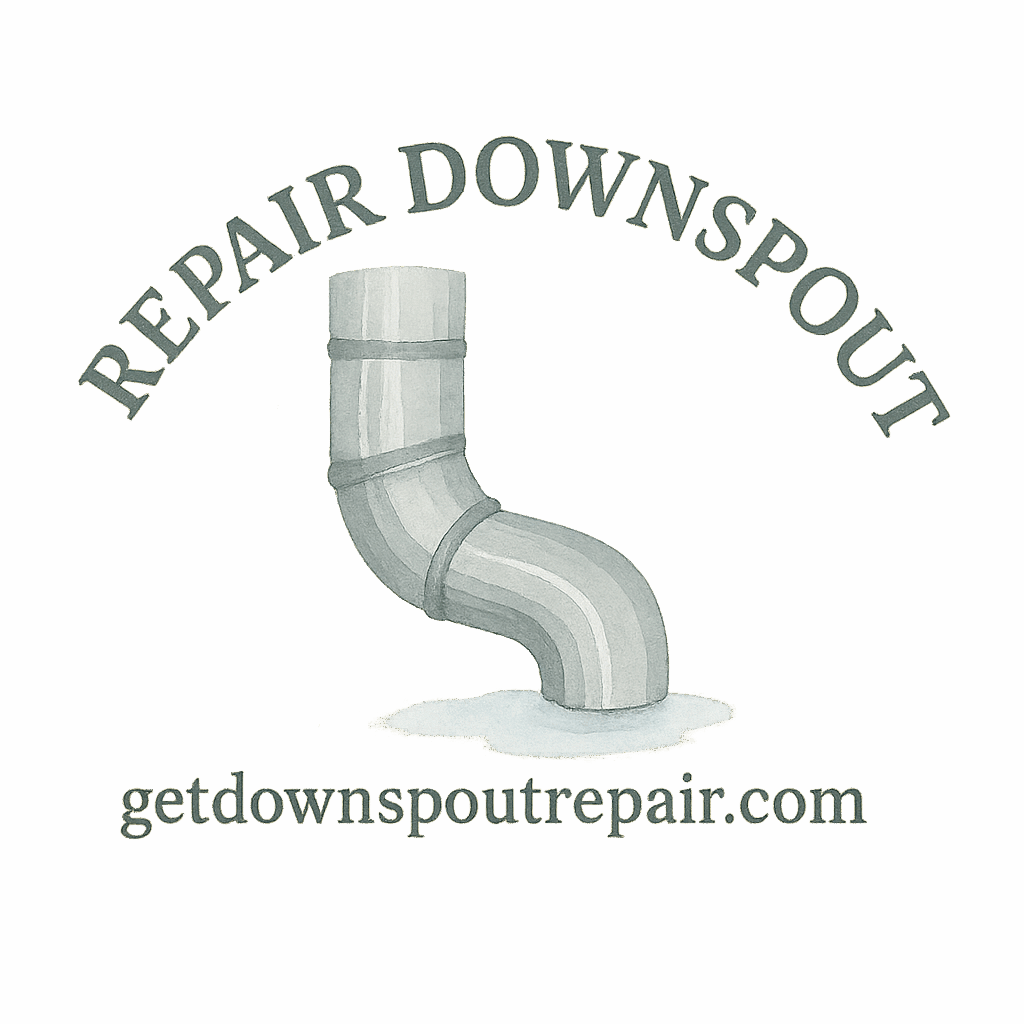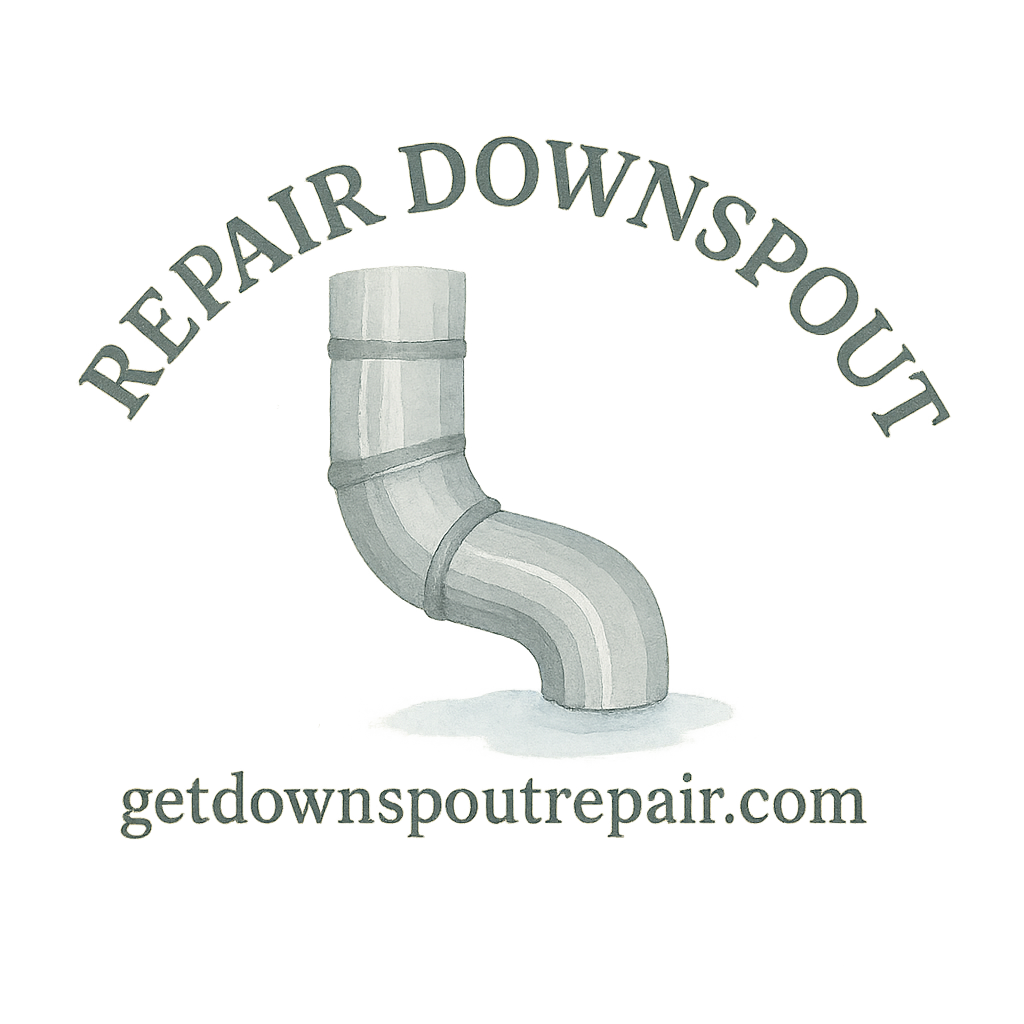Introduction: Why Downspout Repair Safety Matters
If you’ve ever dealt with a clogged or broken downspout, you know how frustrating it can be. Not only does it disrupt your gutter system, but it can also cause serious water damage around your home if left unchecked. While it’s tempting to jump straight into repairs, safety should always come first. In this guide, we’ll cover 11 DIY downspout repair safety tips for homeowners so you can protect yourself, your home, and your wallet.
Understanding Downspout Repair Basics
What is a Downspout and Why is it Important?
A downspout is the vertical pipe that directs rainwater from your gutters safely away from your foundation. Without it, you risk flooding, soil erosion, and even basement leaks. That’s why downspout repair basics are essential knowledge for homeowners.
Common Downspout Problems That Lead to Repairs
Some common issues include:
- Clogs from leaves and debris
- Cracks or leaks in the pipe
- Rust and corrosion
- Loose connections at the joints
Ignoring these problems may result in costly damage—check out water damage risks for details.
Preparing for DIY Downspout Repair
Assessing the Damage Before Starting
Before grabbing your toolbox, take a few minutes to inspect your downspout. Look for cracks, loose sections, and blockages. Identifying the root cause ensures you fix the problem correctly.
Choosing the Right Tools and Materials
DIY repairs require the right equipment. Refer to this list of downspout repair tools and DIY tools to make sure you’re well-prepared.
Budget-Friendly Options for DIY Repairs
If you’re worried about cost, explore budget tips and costs & materials to keep expenses manageable.
11 DIY Downspout Repair Safety Tips for Homeowners
1. Inspect the Work Area Before You Begin
Always check the surroundings. Look for obstacles, uneven ground, or hazards like loose wires. A clear workspace means fewer accidents.
2. Always Use Proper Ladder Safety
Most downspout repairs require a ladder. Make sure it’s sturdy, placed on even ground, and never overreach. Ladder accidents are among the most common household injuries.
3. Wear Protective Gear and Gloves
Cuts, scrapes, and sharp metal edges are common. Gloves, goggles, and a dust mask will protect you from both injuries and debris.

4. Avoid Working in Bad Weather Conditions
Rain, snow, or strong winds make DIY work risky. Slippery surfaces can lead to falls, so wait for clear, dry weather before starting.
5. Keep Electrical Hazards in Mind
Many downspouts run close to wiring or power lines. Stay aware of your surroundings and never attempt repairs near live electrical lines without professional guidance.
6. Use the Right Downspout Repair Tools
Don’t improvise with the wrong gear. Using the proper premium tools ensures efficiency and reduces risk.
7. Know Your Limits: When to Call a Pro
Sometimes a project is bigger than expected. If you’re unsure, it may be time to call in professional help or a licensed contractor.
8. Keep Your Workspace Clean and Organized
Clutter creates trip hazards. Store tools neatly and clear away debris to keep your repair zone safe.
9. Watch Out for Pests and Debris
Bird nests, insects, and rodents often hide in downspouts. Clear them cautiously before starting repairs to avoid unpleasant surprises.
10. Secure Replacement Parts Properly
Loose screws or poorly fitted sections can cause future accidents. Double-check all connections for durability.
11. Double-Check Drainage Protection After Repairs
After finishing, ensure water flows away from your home’s foundation. Use drainage protection methods to prevent future problems.
The Benefits of Practicing Safety During DIY Repairs
Preventing Injuries and Costly Mistakes
When you take safety seriously, you reduce the chance of hospital trips and expensive repairs later. It’s a win-win situation.
Extending the Life of Your Gutters and Downspouts
Safe and proper repairs don’t just fix the issue—they extend your system’s lifespan. For tips, explore downspout repair guides.
When to Call Professional Help
Signs It’s Time for a Licensed Contractor
If your downspout is cracked beyond repair, detached from the gutter, or causing foundation leaks, a licensed contractor should step in.
How Experts Save Time and Prevent Water Damage
Hiring an expert means faster, safer results. Professionals also spot hidden issues that DIY fixes may miss.
Conclusion: Safety First, Repairs Second
DIY projects are empowering, but only when done safely. By following these 11 DIY downspout repair safety tips, you’ll avoid unnecessary risks while keeping your home protected from water damage. Remember, your safety is worth more than any repair job.
FAQs
What tools do I need for DIY downspout repair?
Basic tools include a ladder, screwdriver, pliers, sealant, and gloves. For complex fixes, check repair tools.
Can I repair a clogged downspout myself?
Yes, most clogs can be handled with DIY fixes using a plumber’s snake or garden hose.
How much does professional downspout repair cost?
It varies based on damage, but you can explore costs & materials for estimates.
Is DIY downspout repair safe for beginners?
Yes, as long as you follow safety tips and start with beginner repair guides.
How do I know if my downspout needs replacement?
If it’s cracked, rusted, or detached, replacement may be better than patching.
Should I seal leaks or replace the downspout?
Small leaks can be sealed. However, major damage often requires replacement to prevent water damage.
How can I prevent future downspout clogs?
Regular gutter cleaning and using guards help prevent debris buildup.


